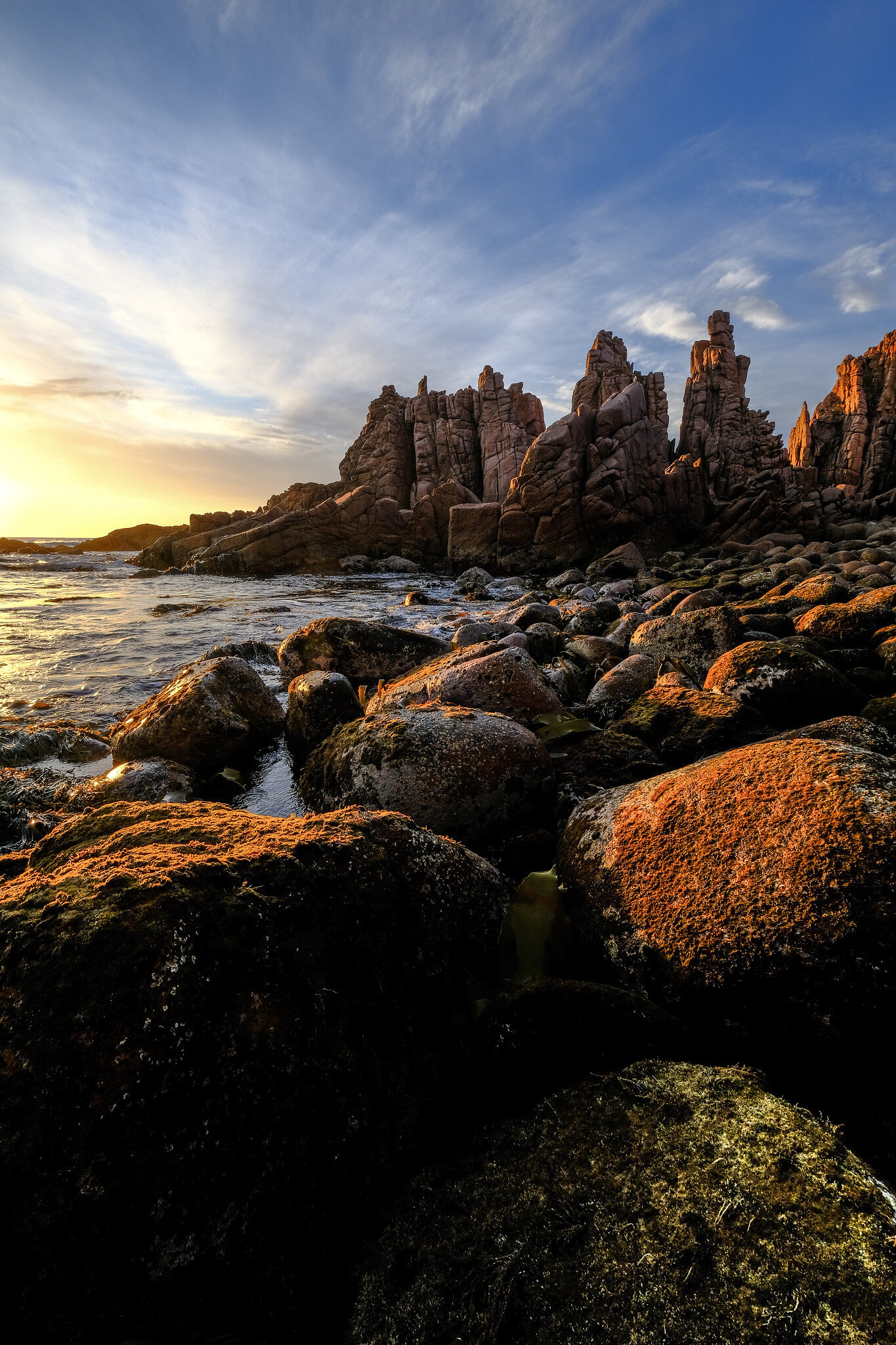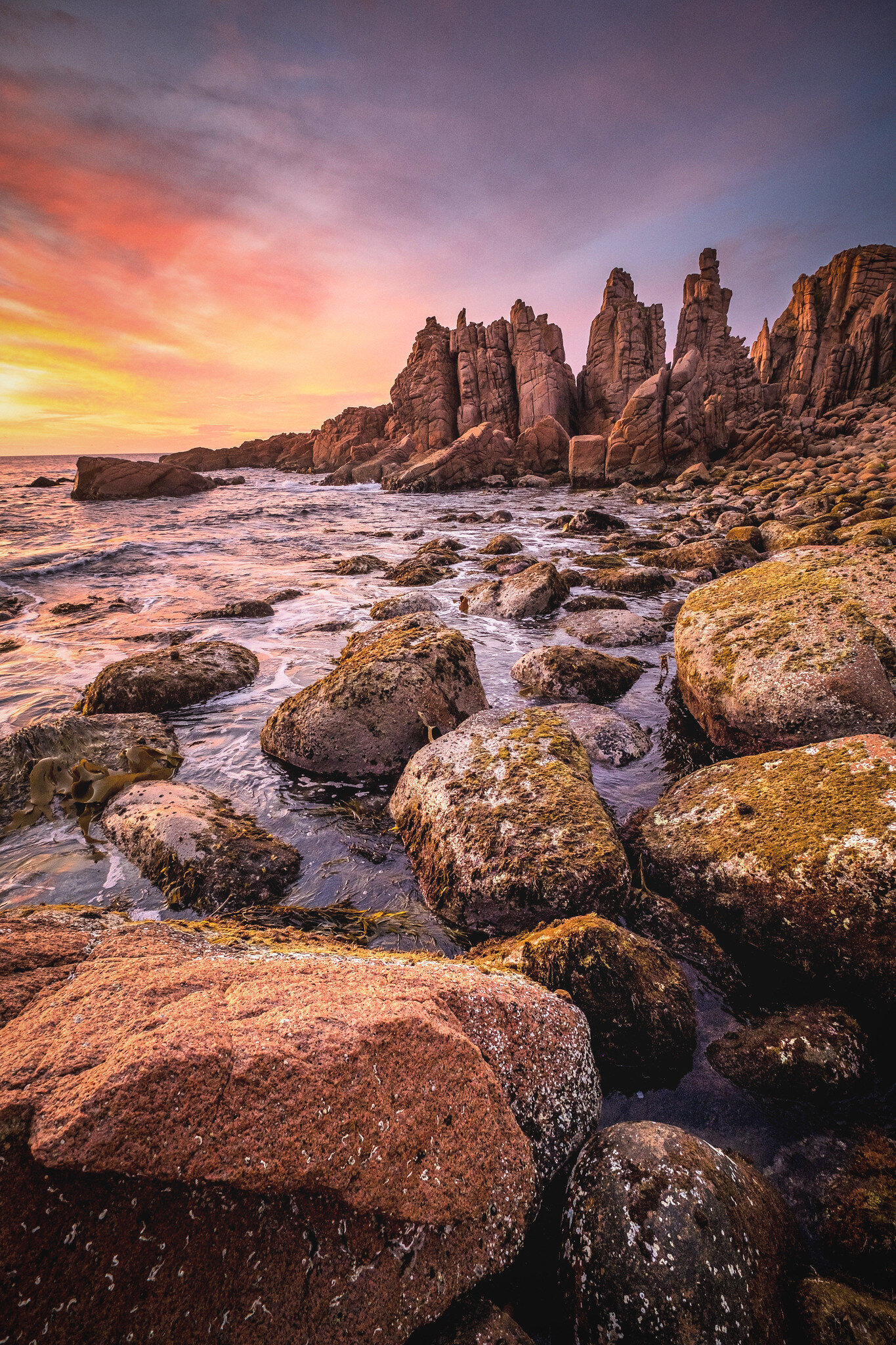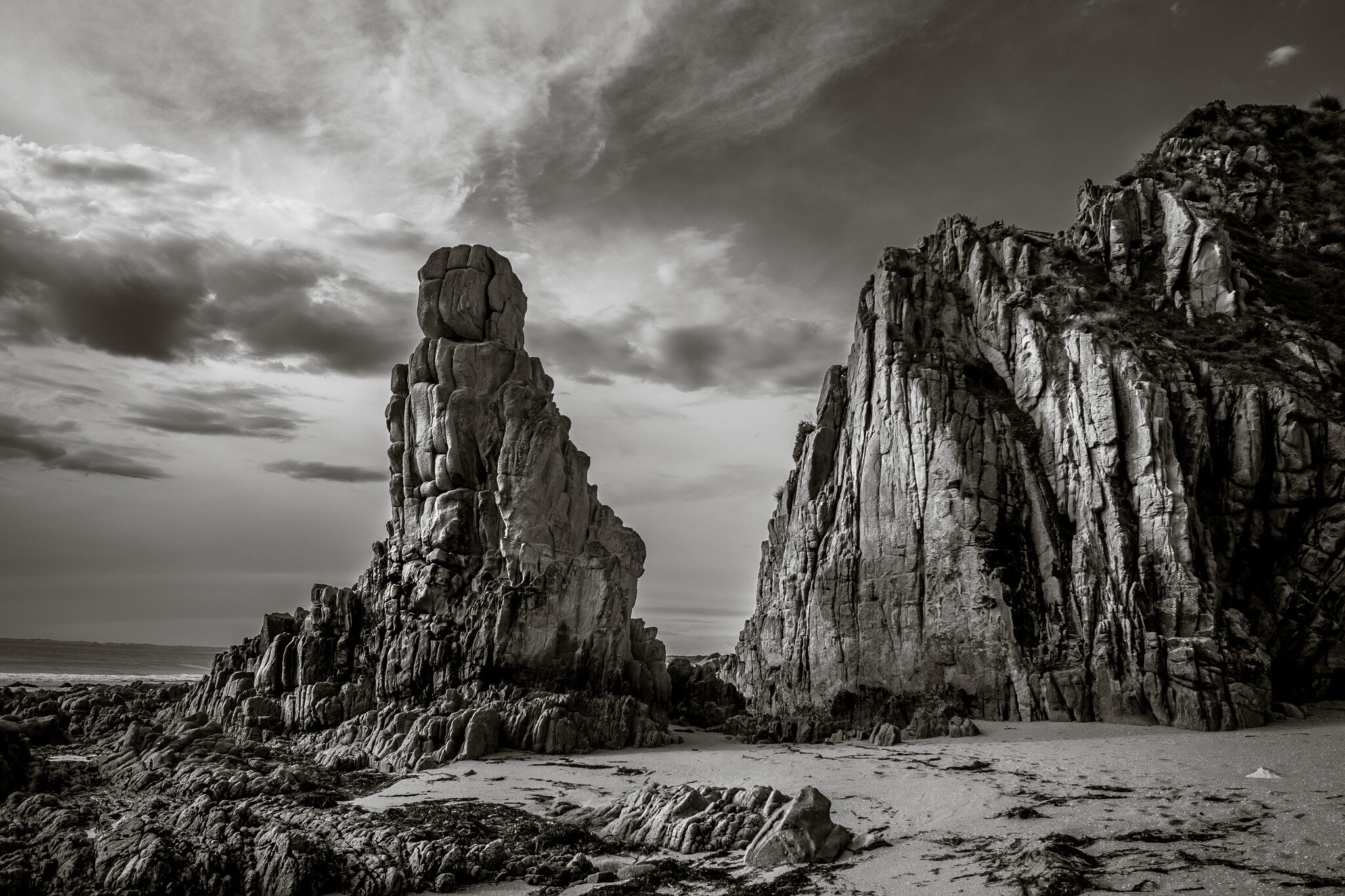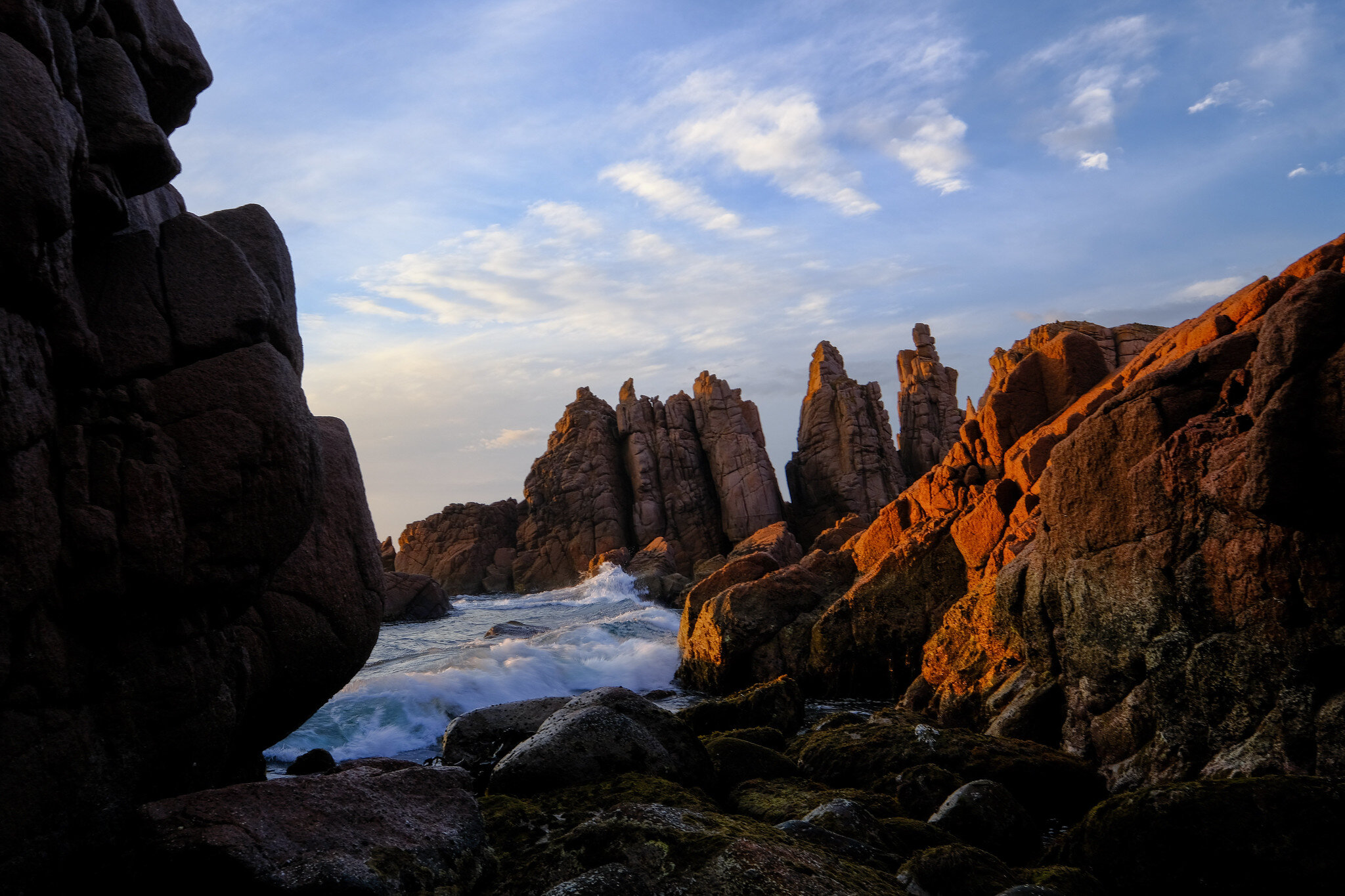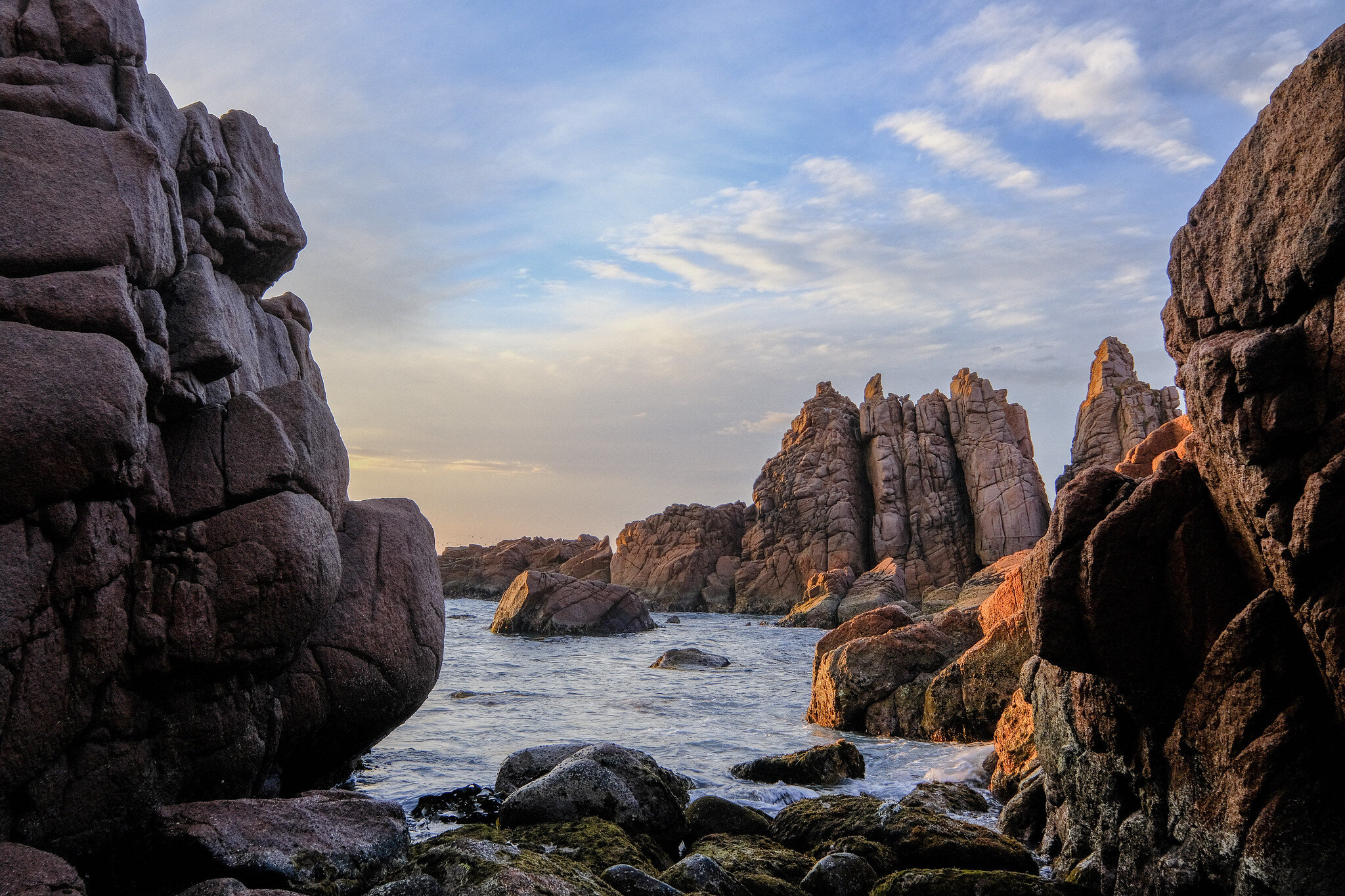To edit or not to edit, that is the question.
Actually, it's not the question at all but I hear it a lot. As a photographer, that is not a question, the real question is should you shoot in RAW, JPG or both?
To answer you need to be familiar with each image format. The JPG or JPEG is named after the Joint Photographic Experts Group committee that set the standards for compressing an image into bytes that were transferrable and subsequently decompressed at the receiver in mid 1980's. When an image is saved in the JPG format some data is irretrievably lost. JPG is the most common digital image format and most all cameras and smartphones save in JPG.
All digital cameras, whether you are shooting in JPG, RAW or both display a JPG image on the backscreen. This is a compressed image you are looking at that has been passed through the camera manufacturers filters built directly into the camera. It is not a RAW image. On many cameras you can fine tune the JPG output on the backscreen and the saved file by slightly adjusting colour, shadows, highlights, contrast, white balance and other factors. This is not as extensive as a RAW file edit but gives some latitude to the camera JPG output.
A RAW file is all data saved from the camera or device's sensor. It is not altered or compressed. Think of it like undeveloped film. A RAW file is not fit to print or develop in its raw state much like film and must be passed through a RAW converter to be processed or edited and saved. By itself, the RAW file is not a pretty image. It looks soft and bland. It contains all the information received by the sensor allowing much more latitude in editing than the compressed JPG file.
Many professional photographers only shoot in RAW to give them this extended latitude to recover shadows and other details in the photo and also stand up to extensive editing if required. I usually find my RAW files are preferred especially when shooting landscapes for this very reason. Shadows can be lifted to reveal much more detail and white balance can be tweaked with no loss in image quality. The RAW file is a the best platform if the camera is unable to deliver exactly the image in the photographer's mind.
You can not post a RAW file to instagram or other social media sites. Once a RAW file has been edited it is typically saved into a JPG format ready for posting on the internet or printing.
Some participants in my workshops state they are uncomfortable with editing images because they want the image to be an accurate representation of the scene they photographed. Does the RAW file capture exactly what the eye sees? No, our camera sensor technology is not nearly as good as our eyes at perceiving the world no matter how much the camera costs. We see from a distinctly human perspective that the camera can not match.
I save in both formats in my cameras for a couple of reasons. First, Fujifilm cameras have 15 built in film simulations. These are filters that simulate the look of some of Fujifilm's famous film stock. There are also seven film simulation presets in the camera that allow the user to customise the JPG output considerably. Fujfilm shooters have spent a lot of time working out combinations of built in film simulations and custom settings to mimic other film manufacturers film or give very distinct look to their JPG images. I have customised all seven of my presets to some of my favourite film stocks - Kodak Ektar, Kodak Kodachrome, Fujifilm Superia 800, Kodak 400TX, Cinestill 800, Kodak Portra 400 and my own landscape preset.
When out shooting I'll have the RAW file saved on the SD card but also choose a film simulation that I think works for the setting. That way I can later choose whether to edit the RAW file or go with a virtually unedited JPG file.
Comparing my JPG and RAW images has taught me to appreciate light and shadow much more. The JPG files, with their limited ability to display light's dynamic range, will often have intense highlights and deep shadows. Sometimes, I prefer the look and feel of the JPG images and have no need to edit further on the computer. This saves me time as well as providing a look that is different to most of the images posted on social media.
Comparing shots from a recent photography workshop got me to thinking about the JPG v RAW issue. I wasn't planning to write so many words but they just kept coming. Here are a few JPG and RAW comparisons so you get an understanding of what this article is all about. These were shot at The Pinnacles on Phillip Island Australia using my Kodak Ektar film simulation in camera. The RAW files were edited in Adobe Lightroom.
How do you shoot, do you save both JPG and RAW?

